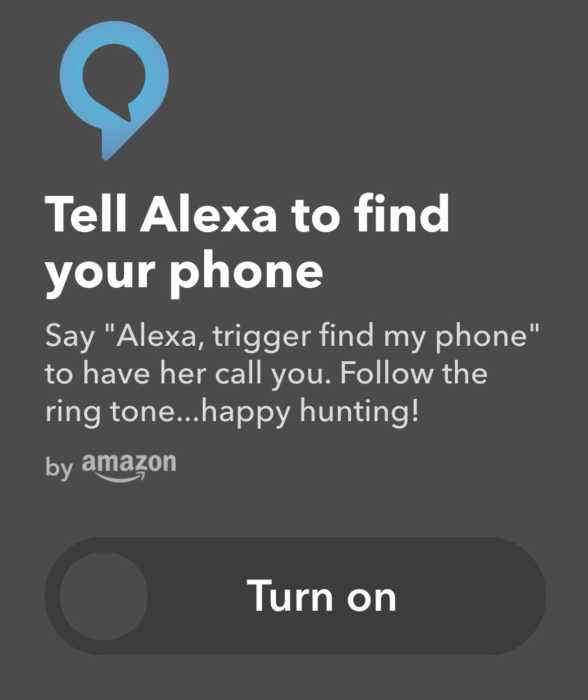In the last few years, marketers and consumers are amazed daily at new IoT devices and the new ways benefits being delivered. The thanks for that amazement lie in the rising sophistication of chatbots, or simply bots. Their adoption is also guiding analytics to new sophistication levels for metrics.
Bots are autonomous programs that enhance human-computer user experience on a given network. For the lay marketer, bots help customers control their experience with a digital product and ultimately a brand. Bots learn from consumer usage, adopting over usage to provide tailored feedback. For example, Forbes reported that Sephora, the cosmetic retailer, deploys a bot originally developed for dermatologists to aid customers with advise on virtual makeup and lipstick trial.
Bot adoption is a confluence of two key technological and marketplace trends over the last few years. First, bots reflect the popularity of instant message platforms, a derivative of social media. Instant Messaging (IM) platforms include Facebook Messenger, Slack, WhatsApp, and Telegram. People have been steadily using these platforms. Back in 2015 Business Insider declared that IM platforms have more active users than any other internet application including social networks and email applications. Many bots are designed to complement services with these applications, in the same vein as being an extension for browser or an API for software. And many of the users access these applications on mobile devices, giving bot makers a dedicated avenue to connect with customers.
The second is an app economy that has plateaued for developers and marketers alike. Despite the avalanche of apps introduced, few developers profit through apps offered on Google Play or the Apple app store. An O’Reilly podcast noted that half of the revenue from the Apple App Store goes to only 20 of the most successful apps. Furthermore studies are indicating that consumers only use a few apps installed on their mobile phone. These facts suggest that developers and enterprises have to develop alternative means to build customer engagement on smartphones. Enter bots.
Bots provide a unifying benefit to consumers, one that complements the feature of IoT-enable devices. Many devices have various user interfaces and screens, which may confuse consumers in keeping track of features for every new device in their personal ecosystem. Bots offer a bit of ease through simplifying tasks and thus user interaction without having to recall multiple feature functions.
So how should analytics be deployed to leverage bot activity?
Currently no one technique serves all needs. Current analytics suites can monitor the platforms on which people use bots, but only with clever forethought. Media shared on a Facebook Messenger or Slack presence could be tracked with URL tags just like links for a paid search, social media, or an email campaign.
Niche analytic startups have introduced solutions for measuring programming interpretation at the user interface. The purpose is to see how fluid conversations with the bot occurred. The number of instances where difficulty occurred reflects a potentially poor user experience. Consider the metric as a variation of page load speed diagnostics, and you get the idea of its value. This approach differs from an emphasis of interpreting user experience on website activity, which standard analytics have been designed to address.
Interpretation bottlenecks have gained importance in learning how people can game bot error responses – errors that can evolve into serious problems. The most notable recent example is Microsoft’s Tay, a Twitter-based chatbot. A few account followers taught Tay racist and misogynistic responses by repeatedly tweeting offensive statements. Microsoft shut Tay down within 24 hours of its launch. As bots become more intelligent with human responses, analytic solutions must improve to prevent similar bad training from evolving into problematic real-world circumstances.
Bots are introducing essential technology for enhancing the value of IoT devices. People have typically become highly engaged when talking to bots, generating data and a natural context from which bots and analytics can learn how to better service customer. Combined with additional programmable platforms like IFTTT, marketers can see new ways to help customers maximize their enjoyment with an IoT-enabled device.








